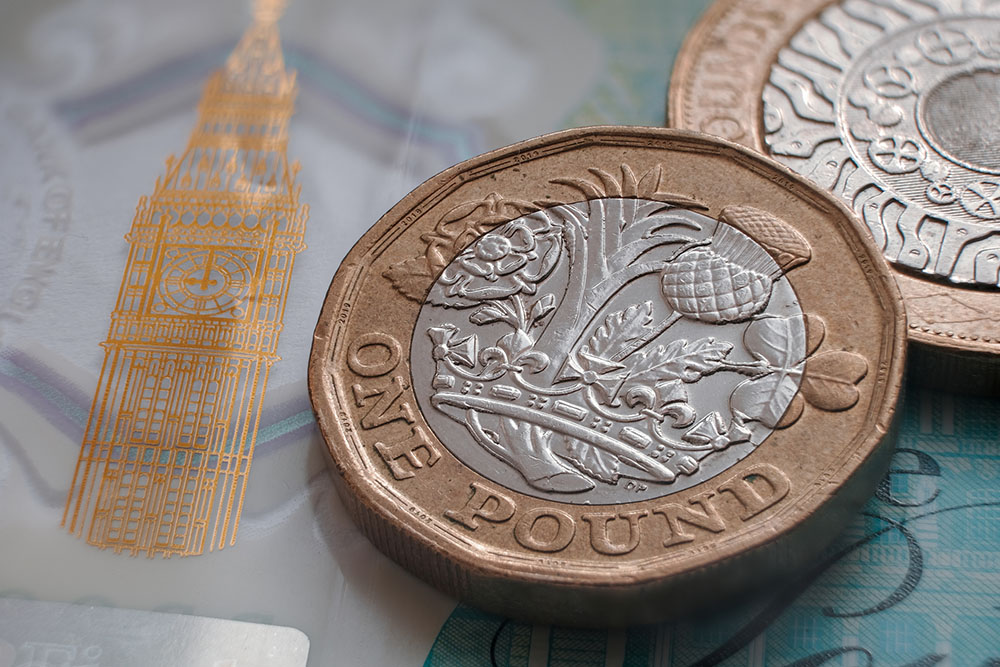Market Update – August 2024
August has been volatile in global equity markets, especially at the beginning of the month in Japan. Later, performance improved as new data emerged – along with growing expectations of further interest rate cuts. Investors are watching UK news carefully as the government lays the ground for a “painful” budget in October. Eyes are also on the Fed in the USA, watching out for a possible interest rate cut.
“Pain” to come for UK policy?
On 27 August, Prime Minister Starmer gave a speech from Downing Street about the need for the government to make “painful” decisions in the upcoming October Budget.
The Labour administration seems to be laying the ground for unpopular decisions in the Autumn Statement, such as tax rises or spending cuts. Starmer has said the pain will mostly fall on those with the “broadest shoulders”.
Labour promised not to raise taxes on “working people” in its election campaign – i.e. VAT, National Insurance (NI) and income tax. This suggests that other “wealth-based” taxes may be in the firing line, such as capital gains tax (CGT) and inheritance tax (IHT).
Other tempting areas of reform include pensions (e.g. the State Pension or tax relief), dividends and council tax. Speculation is rife following Chancellor Rachel Reeve’s speech in early August, claiming that a £22bn “black hole” had been identified in the public purse.
It may be that the government is projecting doom now for the October budget, so the “softer” reforms will be a relief when finally announced. However, now may be a good idea to discuss your financial position with a financial adviser to make the most of your tax allowances.
A UK economic uplift
The big announcement at the start of August was the Bank of England’s (BoE) decision to cut the base rate to 5%. This follows 12 months of static rates held at 5.25%, and many people will breathe a sigh of relief that mortgage rates may finally start to come down.
The decline in UK services inflation has likely been pivotal in the decision. In July 2024, the rate stood at 5.2%. In the months prior, the figure was proving “sticky”, holding at near (or just under) 6% despite a broader fall in CPI inflation (Consumer Price Index) this year.
GDP growth is also strong, with the latest figures for Q2 at 0.6%. Indeed, the UK has beaten all other G7 members for growth in 2024. Annual inflation also now sits near 2.2% (very close to the BoE target), and unemployment is low at 4.2%.
However, the UK still faces deep structural problems, such as regional inequality and contracting growth in the manufacturing and construction sectors. National investment and worker productivity are also still poor.
The UK market
The beginning of the month was not pretty for the UK’s biggest stock market index, the FTSE 100. Investors reacted negatively to discouraging economic data from the US, driving many to sell mining holdings and stocks with strong exposure to American chipmakers.
However, the FTSE 100 has enjoyed impressive overall growth in August, rising by 1.27% since the start of the month. Some notable strong performers include Rolls-Royce Holdings PLC (up 12.71%) and Next PLC (up 12.24%).
Overall, the index has risen by 8% this year. Whilst this is eclipsed by the S&P 500 in the US, the UK market’s low (overall) exposure to tech stocks has helped to shield it against the fallout from a big sell-off in the US in early August.
The UK market also has a bit of a “spring in its step” at the moment due to encouraging levels of share buybacks and M&A (merger and acquisition) activity. Remember, the UK can be a useful global diversification tool due to its unique specialisation in financials, energy, commodities and other key sectors.
The Global Outlook
At the start of August, global markets were rocked heavily by economic data from the US. Higher jobless figures spooked investors, and many criticised the Federal Reserve’s decision to hold interest rates (potentially holding back US growth) as other central banks made cuts.
Many leading companies in UK markets reported weaker-than-expected earnings or outlooks – notably Tesla, Alphabet, Microsoft and Amazon. Many of these firms have invested heavily in artificial intelligence (AI), with little yet to show for it in capital returns.
However, the dip was short-lived as news of slowing US inflation settled in. Chair Jerome Powell signalled that a rate cut may be on the horizon, saying the “time has come for policy to adjust”. Investors now eagerly wait for the next Fed meeting on 18 September.
In the Eurozone, expectations of further interest rate cuts are being dampened by inflation figures. In July, the euro area’s rate climbed to 2.6%, up from 2.5% in June. However, this has added buoyancy to the euro, which is now increasingly seen as a “haven currency”.
Asia was not immune to the US tech sell-off in early August. Japan, in particular, took a big hit when its stock market (the Nikkei 225) collapsed by 12% in one day (5 August). However, the market recovered the next day, enjoying its biggest gain since 2008.
A primary reason for this volatility is Japanese monetary policy. The Bank of Japan broke with years of tradition by hiking interest rates, which disrupted a common (but little-known) trader practice called the “carry trade”. This involved borrowing cheaply in Japanese yen and then investing in other assets. The rising value of the yen made this increasingly unprofitable.
Please don’t hesitate to contact a member of the team for more information on any of the topics covered.












